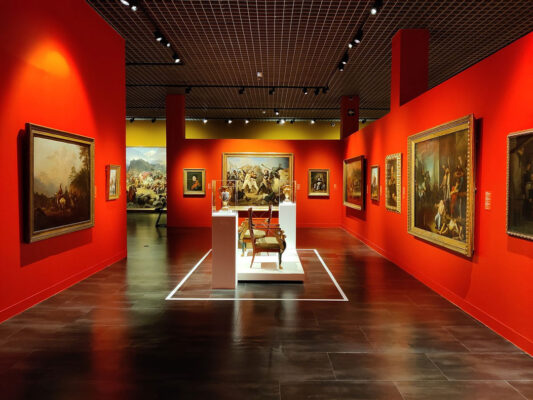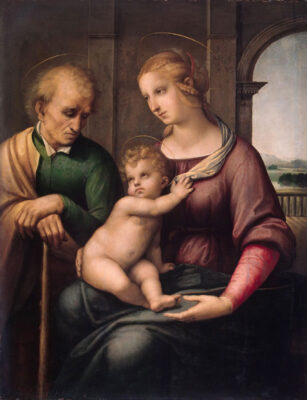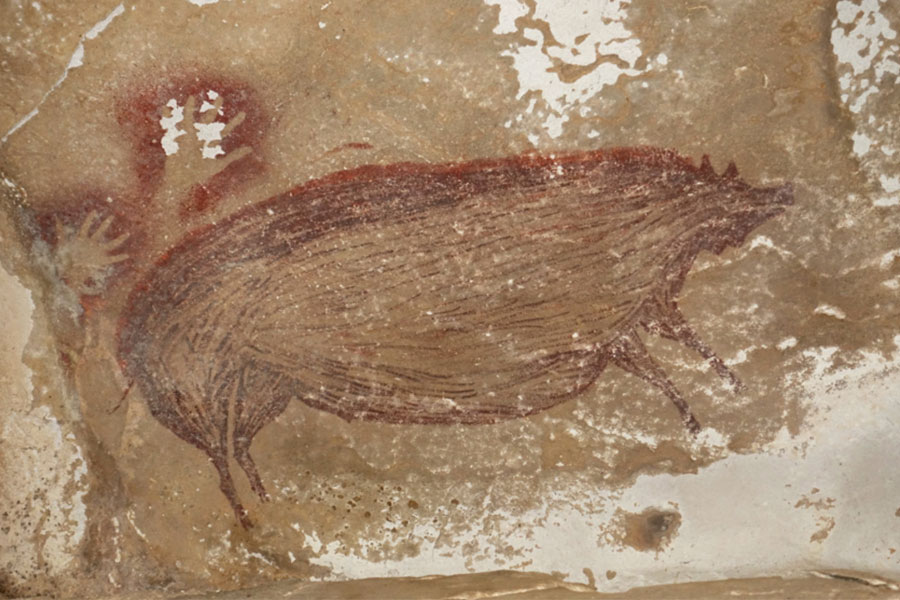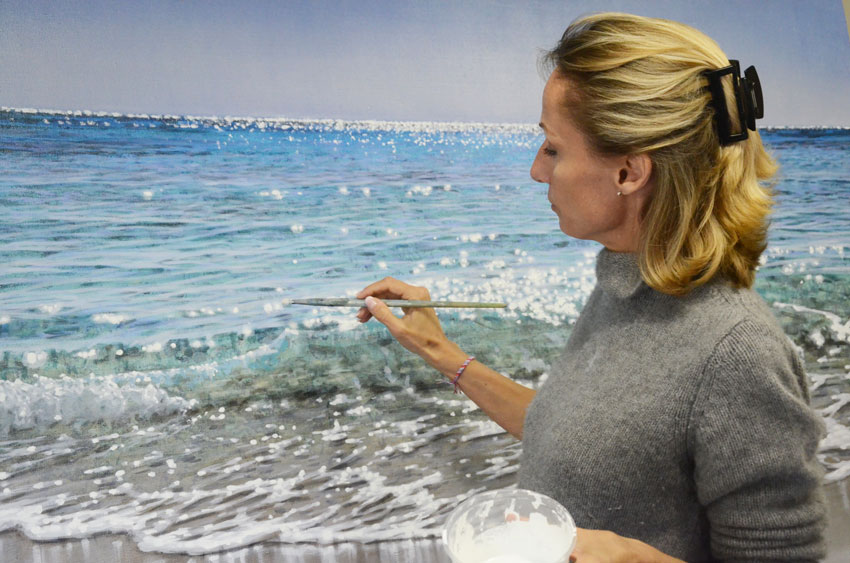Destruction & Cancellation · The Cultural Disasters of War
G. Fernández · theartwolf.com · March 13, 2022
Obscured in part by the human drama and the fear of a very likely economic crisis, the Russian invasion of Ukraine has provoked an earthquake in the world of art and culture, the effects of which we are only just beginning to assimilate.
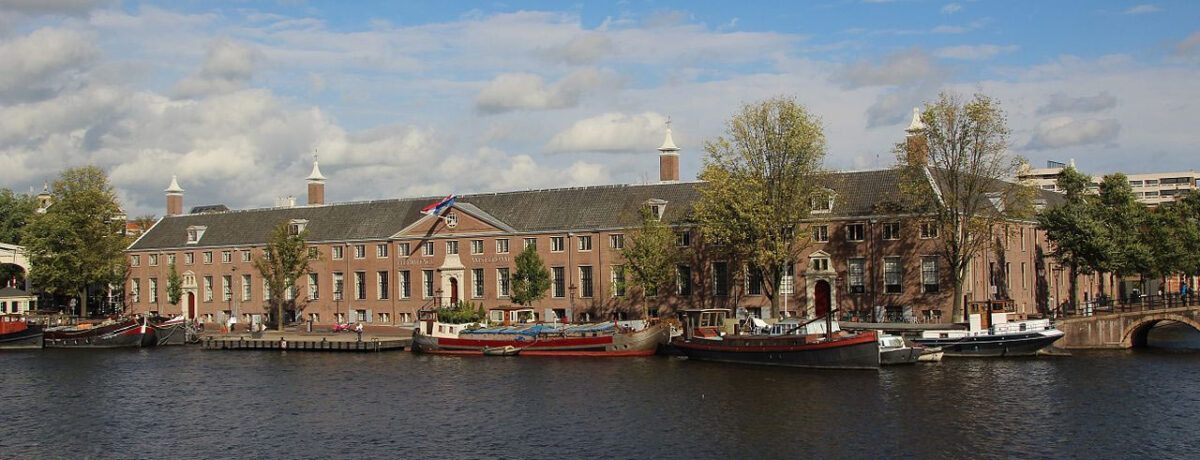
Creative Commons Attribution-Share Alike 4.0 International license.
The Russian invasion of Ukraine, which began on 24 February, has provoked almost unanimous international condemnation. The numbers of the human drama caused by the invasion are terrifying. At the time of writing, the UN Refugee Agency (UNHCR) estimates that 2.6 million people have been forced to flee their homes in the wake of the invasion. For its part, the UN’s latest balance sheet reports approximately half a thousand civilian casualties in Ukraine, although it warns that the real figure could be considerably higher. Moreover, the fear of an economic crisis, and energy and even food and raw material shortages further darkens the global picture, which gradually seemed to be beginning to overcome the effects of the COVID-19 pandemic.
These attacks on basic necessities* (food, energy, and even life itself) overshadow the effects of war on art and culture. And yet these effects are numerous, profound, and in many cases irreparable, affecting both local and global levels.
* It is not the purpose of this article to delve into the debate about whether art or culture is a “basic” necessity. Jean Dubuffet once stated that “the human need for art is absolutely primordial, as strong, perhaps even stronger, than our need for bread. Without bread, we die of hunger, but without art we die of boredom”, but when we hear news of a hospital in flames, or of a family dead in their home, destroyed by bombs, it is daring, to say the least, to place art at the top of the pyramid of human needs.
Heritage at risk
Concern over the likely destruction of Ukrainian artistic heritage began immediately after the first Russian attacks were announced on 24 February. The background, as is easy to guess, is not encouraging. Still relatively fresh in the world’s cultural memory are the heritage losses caused by recent conflicts, such as the destruction of Palmyra during the Syrian Civil War, the looting of Iraq’s National Museum during the 2003 invasion, in which the Mosul Museum was also looted and then partially destroyed by ISIS in 2017. And, although less commented than the previous cases, the Donbas War in 2014 also caused irreparable damage to Ukrainian heritage. For example, the Donetsk Regional Museum of History was hit by bombs and approximately one third of its collection was destroyed.
With all due caution in accepting wartime information as true, several reports in recent weeks suggest that several museums and monuments have suffered irreparable damage from Russian attacks. A large part of the Ivankiv Museum of History has been destroyed by flames, which destroyed 25 works by the Ukrainian folk artist Maria Prymachenko (1909-1997). The magnificent Transfiguration Cathedral in Chernihiv, of Byzantine origin and rebuilt during the 18th century, has come close to being destroyed or badly damaged by missiles.
“We must safeguard the cultural heritage in Ukraine, as a testimony of the past but also as a catalyst for peace and cohesion for the future, which the international community has a duty to protect and preserve,” said Audrey Azoulay, director general of UNESCO, in a public statement regarding the situation of Ukraine’s cultural heritage. “The first challenge is to mark cultural heritage sites and monuments and recall their special status as protected areas under international law“. Measured words for a completely empty speech. For international law also protects -at least in theory- the territorial integrity of a state, and even the humanitarian corridors agreed for the relief of the civilian population, concepts that Putin has not respected. Painful as it is to admit, international law in times of war is little more than a dead letter.
Museums at war
Art, as Picasso said, “is an instrument of offensive and defensive warfare against the enemy“. Today, therefore, museums have become the arsenals of cultural warfare, waged on fronts that were unsuspected until recently. And in this silent war, the world’s largest “arsenal” is the Hermitage Museum in St Petersburg (directed by Mikhail Piotrovsky, whom several sources consider “very close to Vladimir Putin”), whose name has gone from being a symbol of prestige (like the Louvre or the Guggenheim) to becoming a very dangerous brand.
Images: Russian Museum in Malaga. Photograph by El Pantera, Creative Commons Attribution-Share Alike 4.0 International license. ·· Raphael: “The Holy Family”, 1506-07. Hermitage, St Petersburg.
Hermitage Amsterdam, the Dutch branch of the Russian colossus, has issued a statement announcing that it is ending all collaboration with the Hermitage Saint Petersburg. “Over the past decades, the collaborations with Russian colleagues have been harmonious. Differences of opinion had always proved bridgeable. It led to beautiful, well-attended exhibitions in Amsterdam. With the invasion of the Russian army in Ukraine, a border has been crossed. War destroys everything. Even 30 years of collaboration. The Hermitage Amsterdam has no other choice. Like everyone else, we hope for peace. Also for changes in the future of Russia that will allow us to restore ties with the Hermitage Saint Petersburg“. Similarly, the exhibition “Russian Avant-Garde | Revolution in the Arts“, which opened on 29 January and was scheduled to close in January next year, has been “closed until further notice”. Similarly, the Hermitage Foundation in the UK has also cancelled its collaboration with the Russian museum, stating that “we are deeply shocked by the events in Ukraine and have suspended all our activities with immediate effect and cancelled all scheduled events“.
Meanwhile, until a few weeks ago, several Spanish cities had been in the running to host the Hermitage Museum in Spain, with Malaga and Granada as favourites after Barcelona withdrew as a candidate. All this has been blown to bits by the invasion of Ukraine. The Hermitage in St Petersburg, for its part, has not stood idly by and has already cancelled the loan of Raphael’s “The Holy Family“ to the historic exhibition of the Renaissance master to be inaugurated at the National Gallery in London on 9 April, as well as demanding the return of several works on loan from Italy, including Titian’s “Young Man in a Feathered Hat“, on loan to the Palazzo Reale in Milan.
The desire to sever any ties with what is seen as a rival side affects not only brands, but individuals. Last week, Vladimir Potanin, owner of the Norilsk nickel mining complex, and one of the 100 richest people in the world according to Forbes, announced his resignation from the board of trustees of the Solomon R. Guggenheim Museum in New York. While it is unclear how much Potanin and the rest of the board of trustees weighed in this decision, it is not difficult to deduce that the decision is a relief for the Guggenheim, one of the most visited museums in the world.
A particularly thorny case is the Russian Museum in Malaga, the Spanish branch of the State Russian Museum. Unlike the Hermitage in Amsterdam, the museum has not issued a statement condemning the invasion, nor has it shown any intention of cutting ties with its parent museum in St Petersburg. On its Twitter account, the museum called “against the use of force and in favour of dialogue“, but avoided condemning the Russian invasion, as the International Council of Museums did a few hours after the invasion began. Since then, the debate continues on whether the museum should remain open or not, with conflicting opinions as to whether the museum should be considered as a valuable cultural centre or as another instrument of pro-Russian propaganda, concepts which, by the way, are by no means mutually exclusive.
Cancellation of Russian culture
The above-mentioned debate on the role of the Russian museum brings us to another, more complex issue. In a context in which various companies (from Apple to Meta, and from McDonald’s to Coca-Cola) have announced that they will not sell or provide services in Russia, thus establishing a massive boycott that will affect the Russian population, without distinguishing between those who support the invasion and those who oppose it (going so far as to be arrested for their public opposition to the war), should Russian artists, creators, and even private cultural institutions pay for the deeds committed by their government?
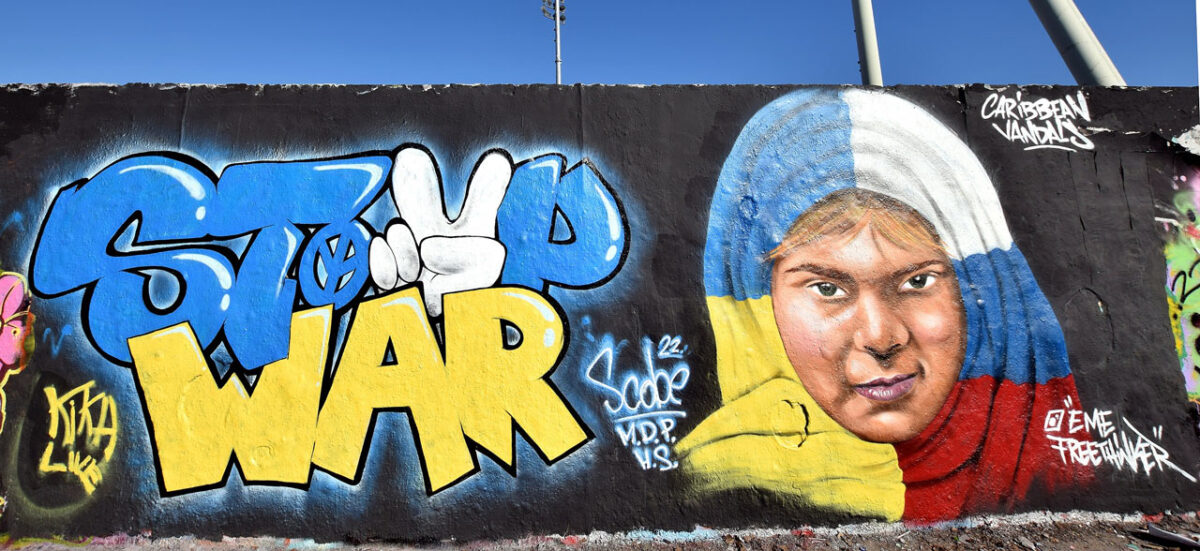
The anger generated by the invasion has given rise to a number of controversial (and in my opinion irrational) proposals that would effectively cancel Russian culture, regardless of that considered “Kremlin propaganda” and that made by independent creators, now or even well before Putin came to power. For example, the professor and writer Paolo Nori denounced that his series of lectures on the Russian writer Fyodor Dostoyevsky (1821-1881) had been cancelled by Milan’s Bicocca University, which later backed down in the face of the controversy generated. This did not, however, prevent several students from calling for the statue of the writer in Florence to be taken down.
On 28 February, the Glasgow Film Festival announced that it would withdraw two Russian films from its programme, including “No Looking Back” by director Kirill Sokolov, who has publicly opposed the war and, according to The New York Times, has even signed several petitions calling for an end to the invasion, something risky after the recent sanctions approved by Putin. The Festival defended itself by arguing that the two withdrawn films “had received public funding from the Russian state”. For its part, the Venice Biennale announced last week that it will not accept the participation of institutions or individuals linked to the Russian government, although it will accept artists who oppose Vladimir Putin’s regime. In a public statement, the Biennale indicates that it “will therefore not accept the presence at any of its events of official delegations, institutions or persons tied in any capacity to the Russian government“.
This adds an important nuance to the above-mentioned debate: is it legitimate to censor those creators who have not opposed the Russian invasion, even in some cases showing affinity with Putin and his regime?
This is, in my opinion, a dangerous idea, toxic under the guise of being well-intentioned. The everlasting debate on the separation of artwork and author, which opens the door to censorship in which the main loser is culture itself. Should we remove Emil Nolde‘s works from museums because of his closeness to Nazism? Is it appropriate to remove Roman Polanski‘s films from the programme because of his never solved case of sexual abuse of a minor? What do we do with Degas and his anti-Semitism (and his proven misogyny)?
This war has already claimed too many victims, and it has only just begun. Art and culture will suffer irreparable damage under bombs and missiles, but it is still in everyone’s hands to prevent them from doing so under a complacent and cynical censorship.
Follow us on:

